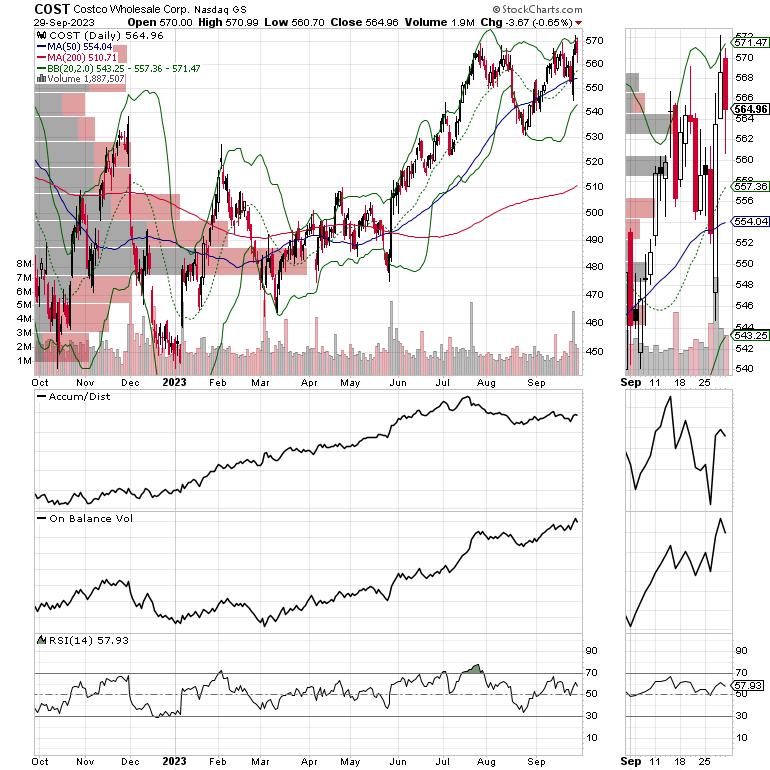As financial markets around the world have continued to surge in 2021, with the Dow Jones Industrial Average and the S&P 500 hitting new highs, it has become increasingly clear that markets are showing signs ofIrrational Exuberance 2.0.
Since the start of the year investors have been pushing up stock and bond prices, driven by the flood of liquidity from central banks who have been pushing policies to stimulate the economy, and the prospect of further stimulus packages to come. While this is seemingly positive news for investors, history has shown that extreme market conditions can be highly unstable and can be reversed with rapid speed.
This is what has led to experts warning against the potential dangers of Irrational Exuberance 2.0. The term, originally coined by former Federal Reserve Chair Alan Greenspan in 1996, when he noted the signs of a large stock market bubble, is being used again today because investors are in a similar position of feeling sure of the prospects for their investments regardless of the risks.
The issue with this overly optimistic sentiment is that it can lead to investors taking on too much risk, overwhelming the markets, and creating the conditions for a massive reversal. As it stands, markets are substantially overvalued, and investors are buying stocks and bonds at unrealistic levels. This means that any shock to the system, whether it is a rise in inflation, a disruption in COVID-19 stimulus plans, or a setback in the economy, could result in a sudden pullback in prices.
The silver lining is that while the markets are likely due for a reversal, this does not necessarily mean a prolonged bear market or crash. In fact, if investors are able to adjust to a more realistic level of pricing across the markets, and central banks are able to keep a handle on inflation, then the fallout should be relatively minimal and we may even see a new bull market emerge in the long run.
In any case, the important point to remember is that Irrational Exuberance 2.0 is a real phenomenon and needs to be taken seriously. Investors should be aware of the potential risks ahead, manage their portfolios cautiously, and ensure that they never take on more risk than they can handle. With this in mind, they should be able to navigate the markets with minimal disruption and capitalize on any opportunities that arise.

